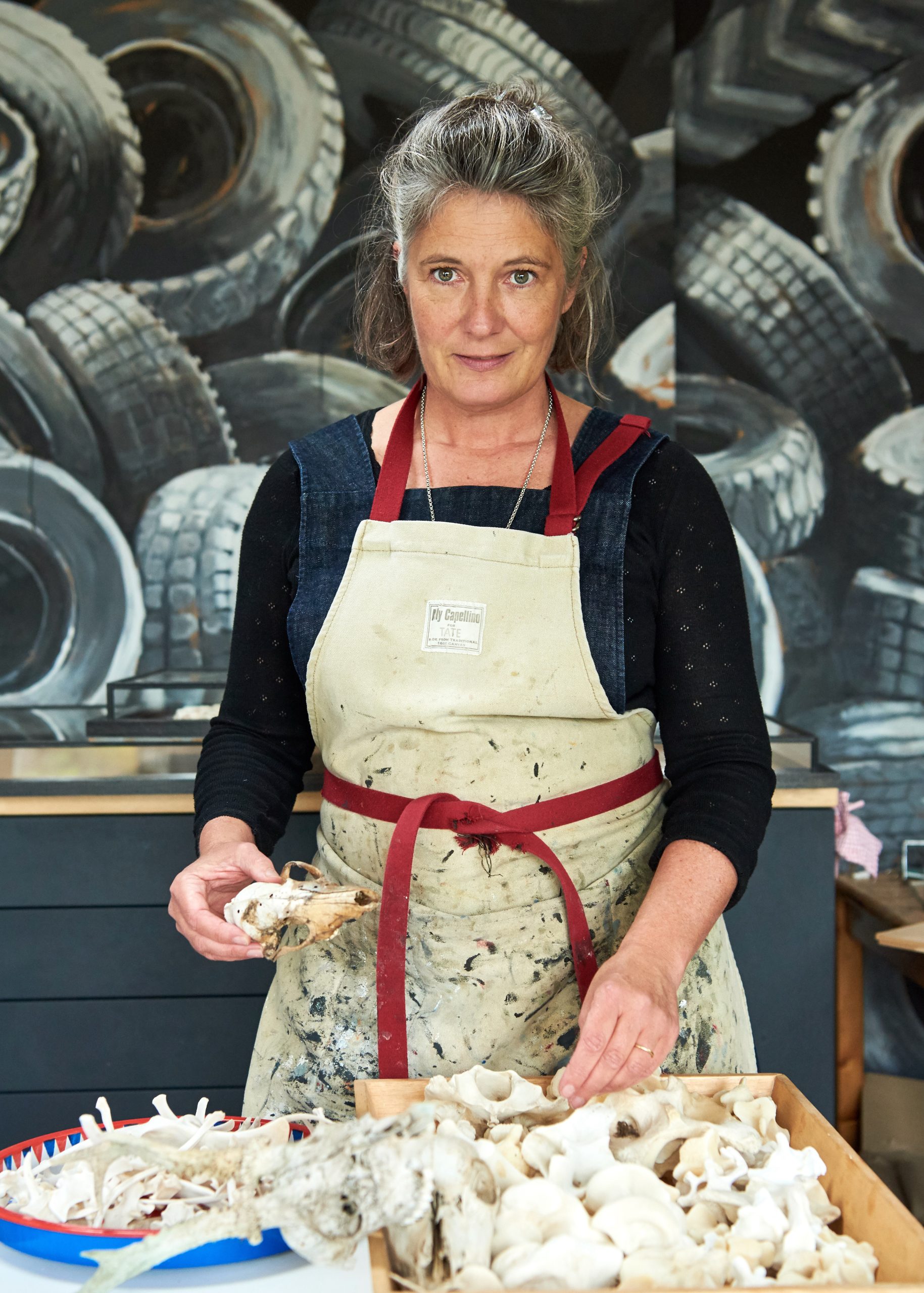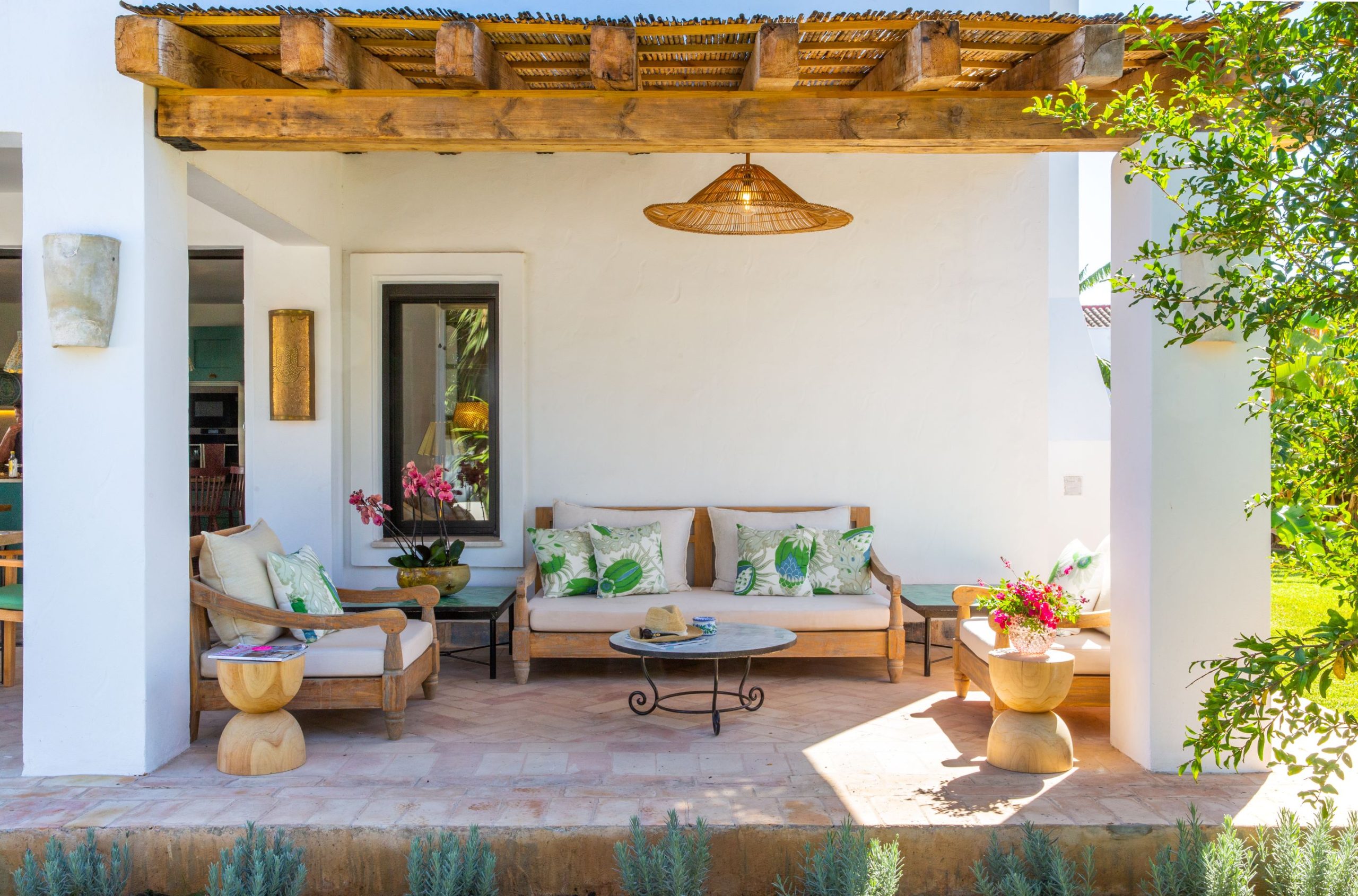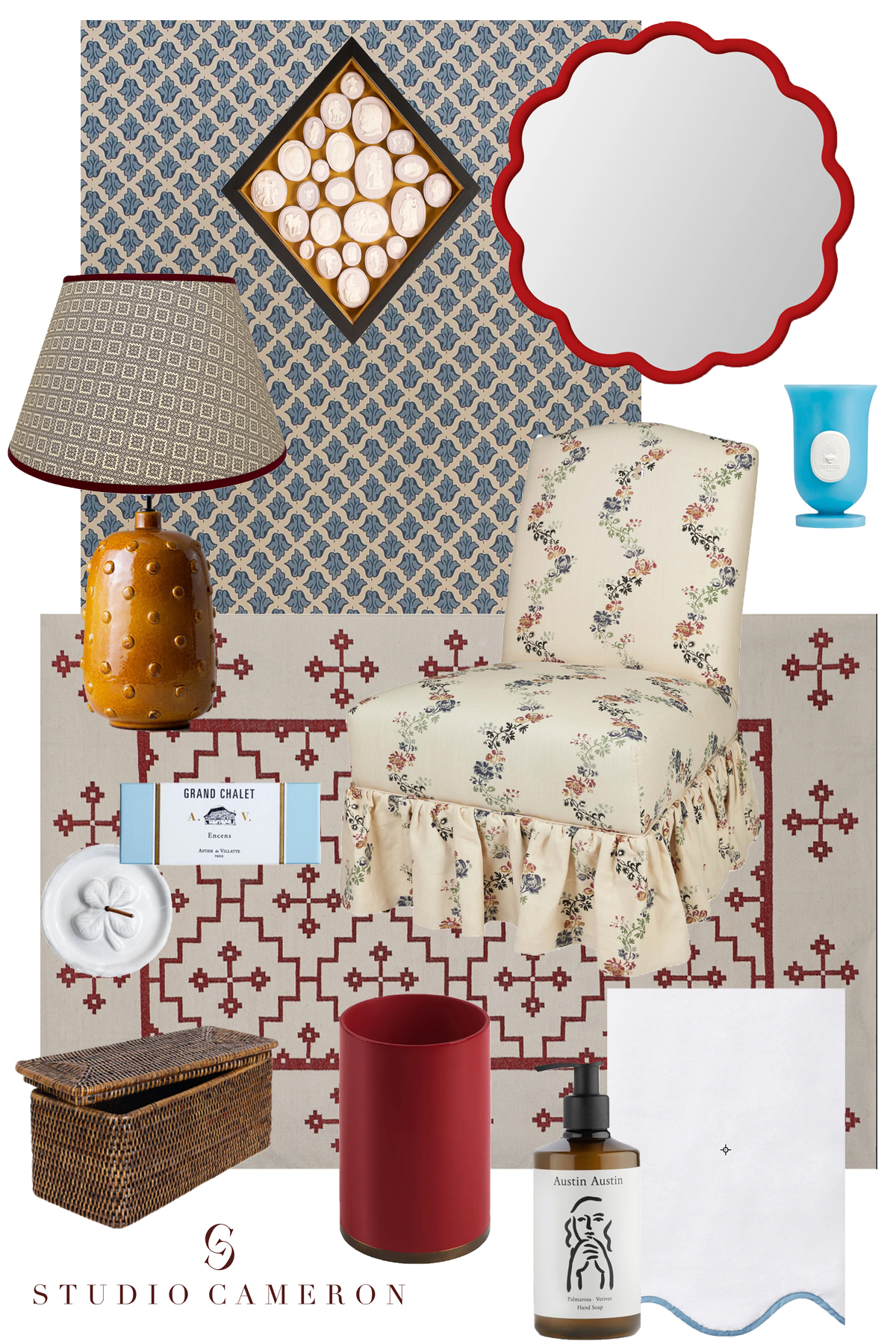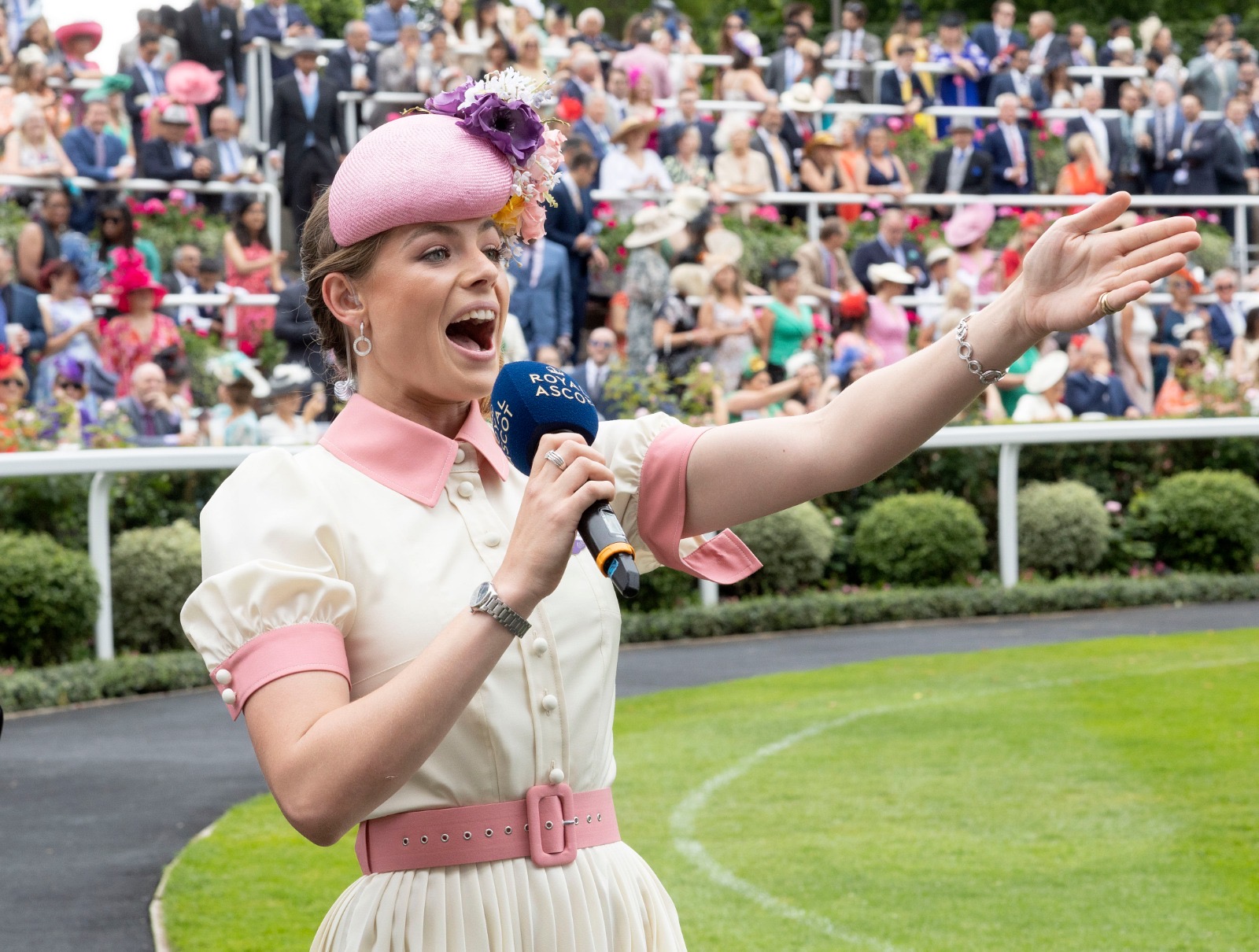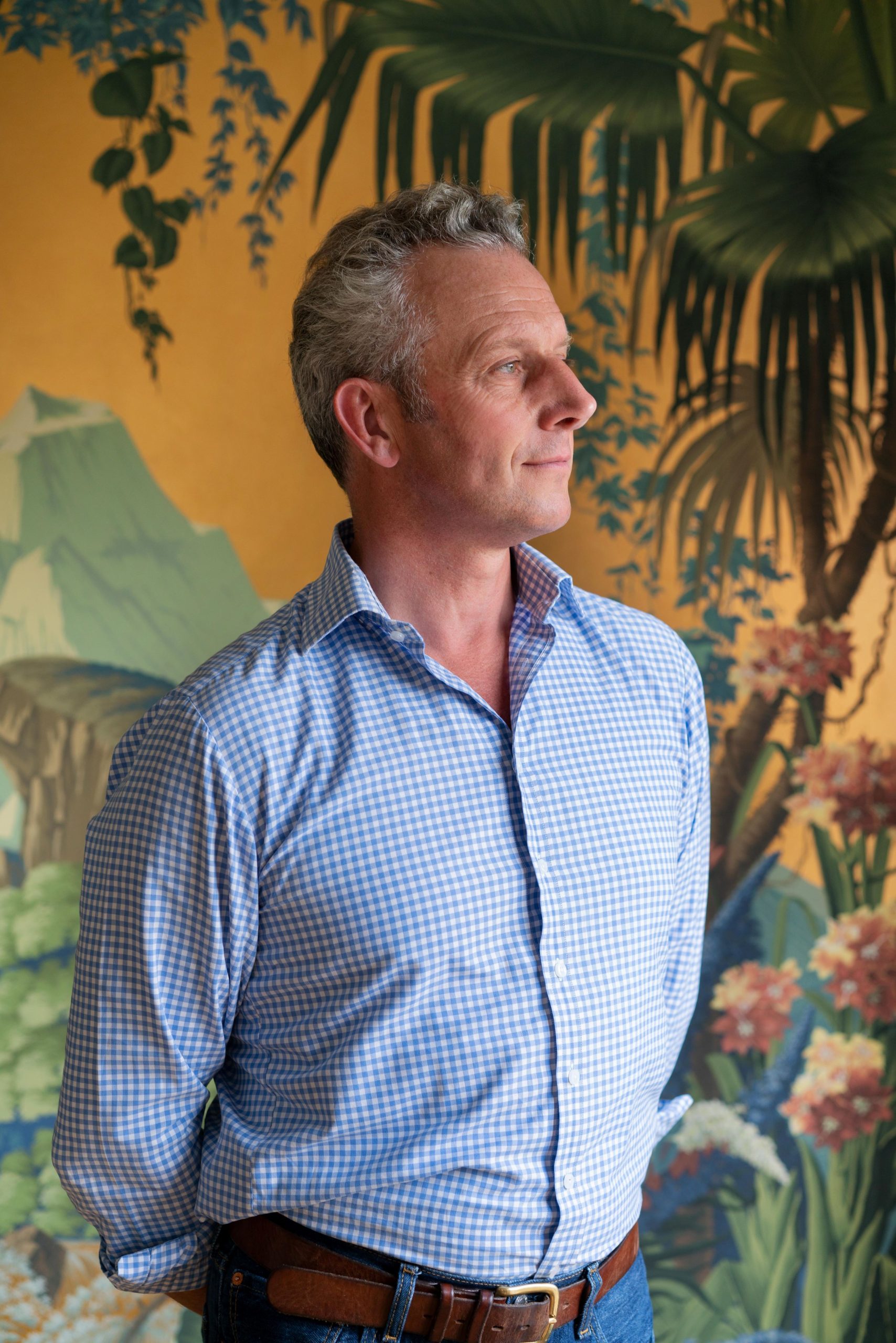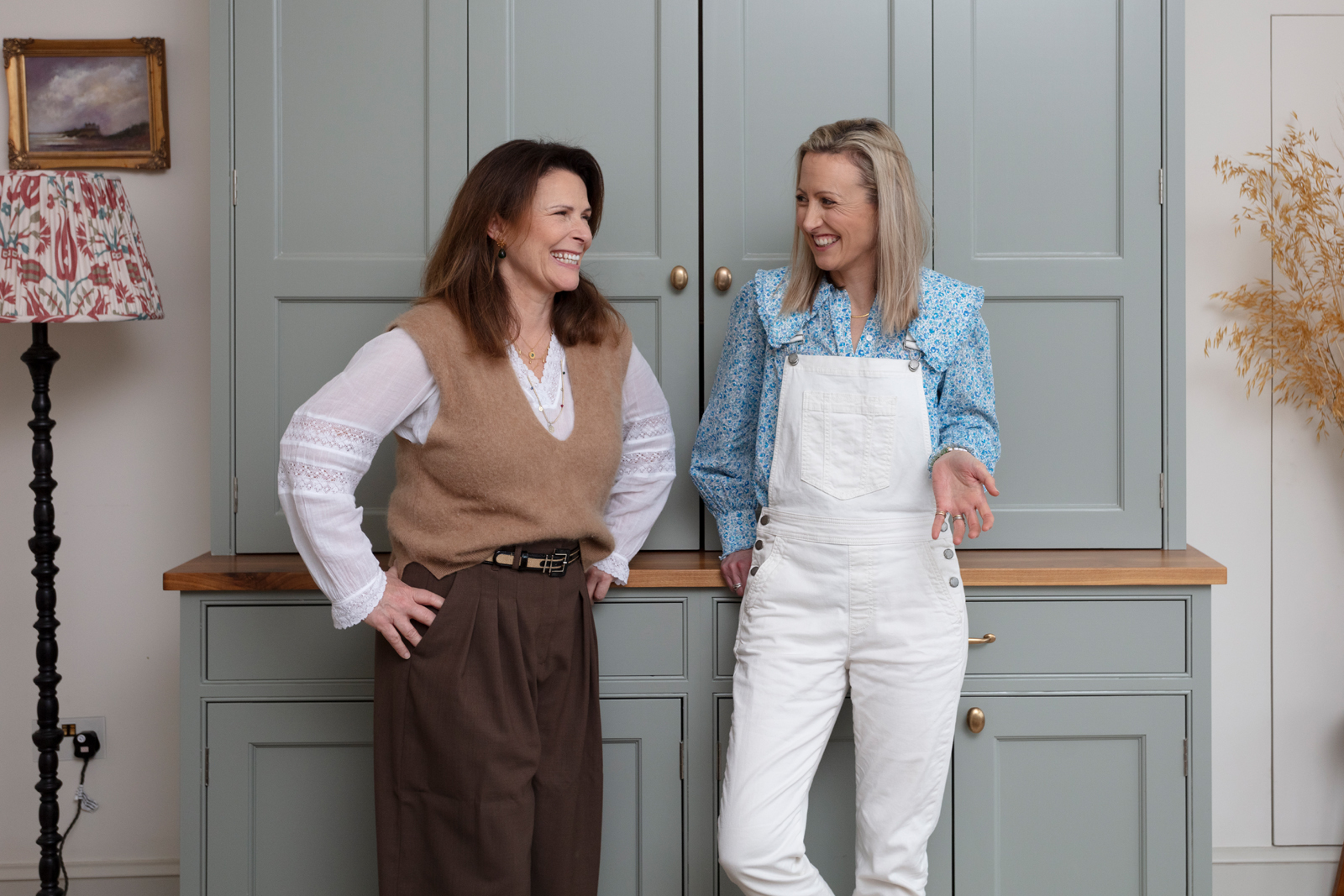Silvy Weatherall on art, interiors and the beauty to be found in waste.
Silvy Weatherall is an artist of international acclaim, employing a diverse array of media in her artistic pursuits, with her work distinguished by the selection of materials she uses in her pieces. Averse to waste, Silvy finds inspiration in objects that have outlived their intended purpose, whether they be fragments of china, fractured jewellery bones, feathers or antique or unusable house keys. Her discerning eye sees beauty in the often overlooked, a sentiment echoed in her evocative paintings, mixed media, and photographs. Notably, a fascination with patterns serves as a unifying motif across her body of work.
Her artistic endeavours have attracted attention through participation in numerous group exhibitions and the staging of solo showcases spanning the Philippines, Hong Kong, London, and Scotland. She also boasts an impressive portfolio of commissioned projects including painting residential interiors, a sideline that took off during COVID.
Beyond her artistic pursuits, she enjoys other creative interests including cooking and possesses a notable talent in singing.
“I like to be challenged by material. If you can buy it at a car boot sale, it’s too good for me!”
A bohemian ‘rackety’ but happy upbringing
Born in London to a father who was an architect and a mother who was a writer, the family moved to Oxfordshire when Silvy was six. “I had a pony, donkeys, cats, and chickens, she says. “Mum and Dad had a holiday house in Tuscany, so I spent a lot of my childhood in Italy.”
Describing her upbringing as unconventional, Silvy says, “It was a sort of rackety upbringing. Our house was always full of literary people, writers, musicians and artists like Marianne Faithful… My Godmother Anne Glenconner would sometimes bring Princess Margaret to lunch. I remember Dad did architectural jobs for Mick Jagger from the Rolling Stones and Roger Waters from Pink Floyd. And my parents were always hosting designers, musicians, writers and painters like my godfather John Stefanidis, Isabel Colgate, George Melly and Jeffrey Smart. There was a non-stop stream of literary people in the house. My mum was a terrible intellectual snob really. She only wanted to hang out with seething brains and have marvellous and mischievous chat.”
Silvy and her sisters were regularly made to stand in front of the fireplace and sing for their supper. “We were puppets, really.” She fondly describes her upbringing as ‘benign neglect.’ “We were left to our own devices an awful lot. My three big sisters, who are quite a lot older than me, all went to boarding school, so I had that delightful thing of being like an only child in a big family. I chose not to go away to boarding school until I was 16 when I went to Marlborough.”
Silvy says she was never terrifically academic. “I was a bit of a ‘square peg in a round hole’ at Marlborough, but I loved it. I mean, I was always bumping along the bottom of the class, but I excelled in music, art, and sports.”
Silvy went on to study fine art at Camberwell School of Art in London, now a College of Art. “I do recall wanting to be an artist by the time I was five,” she says.
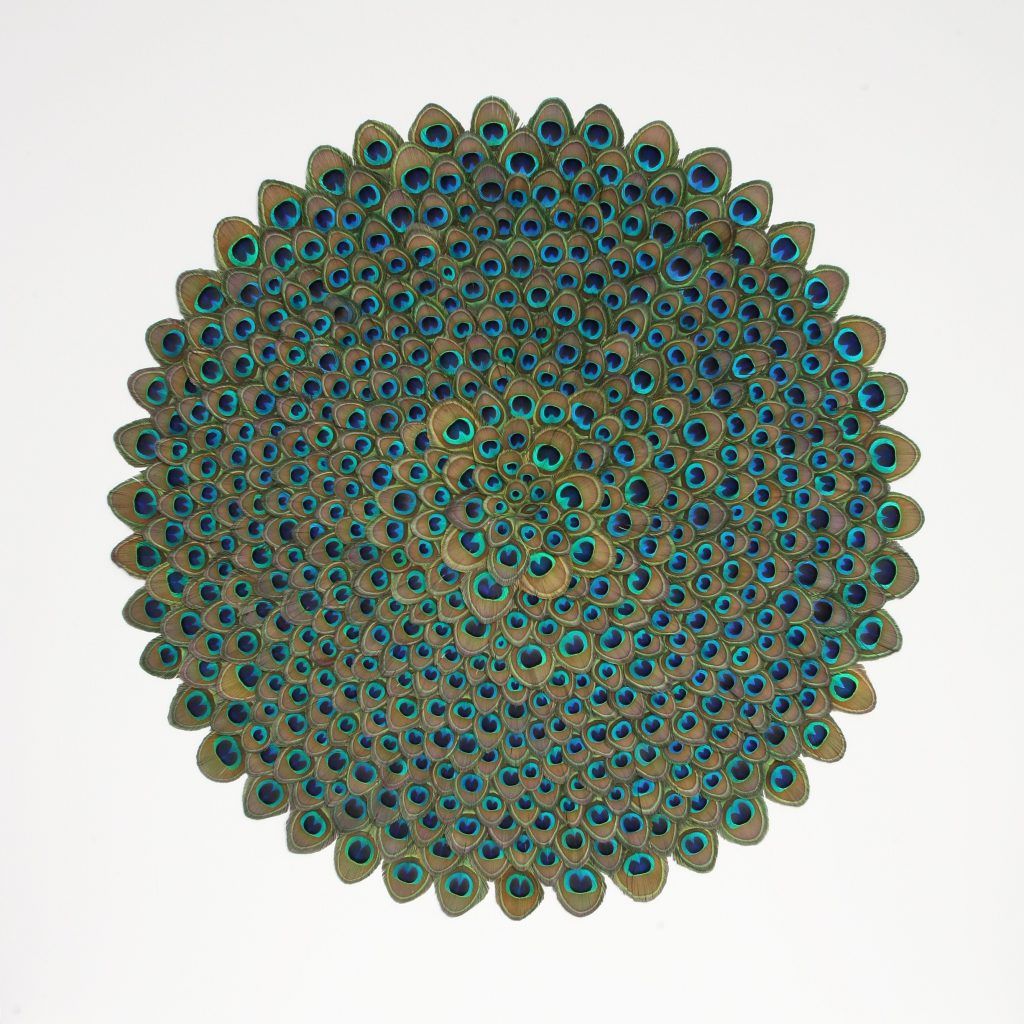
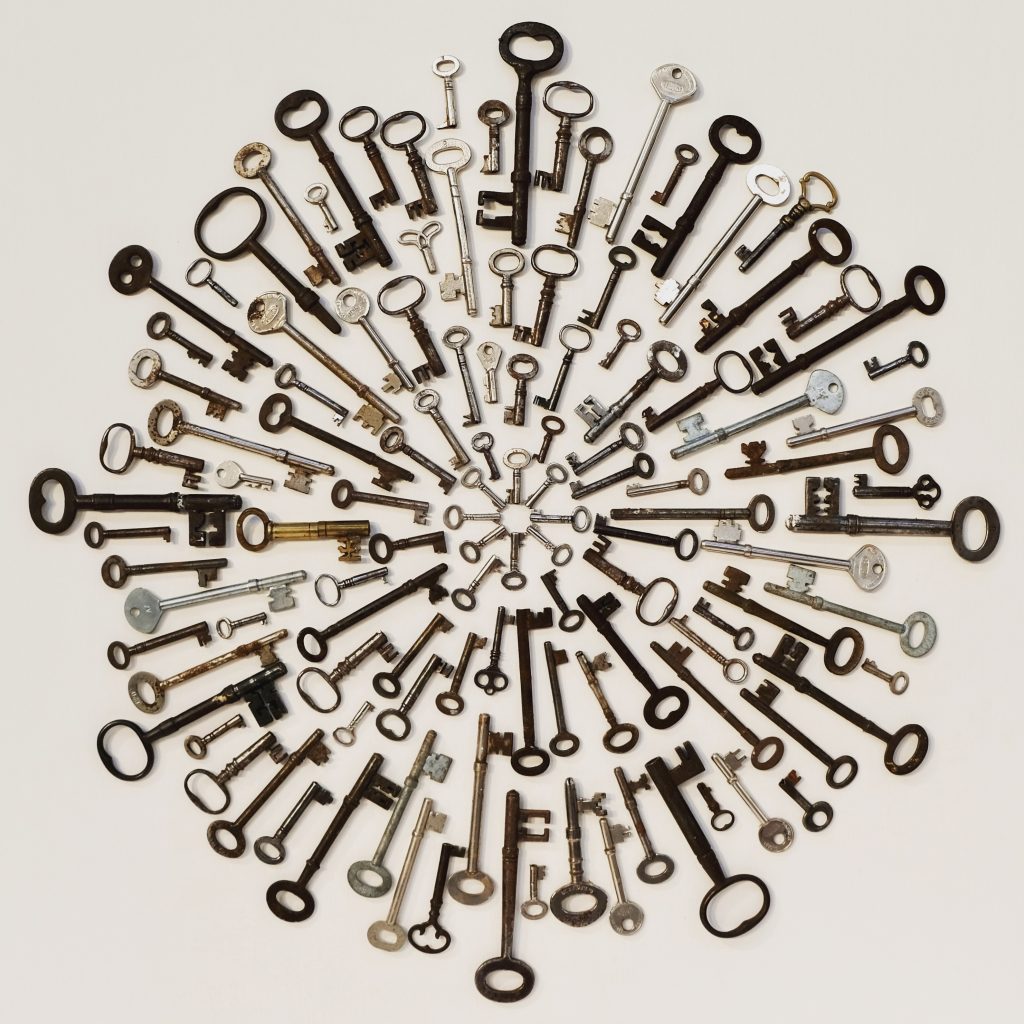
Influencers
Silvy describes the influence of art as being all around her from an early age. “We moved in very artistic circles, had lots of art on our walls and I was always making things,” she says. “I had great encouragement from a godfather of mine. We always did amazing crafts with matchsticks and straws and made models using funny household objects. I spent a lot of time in my dad’s drawing studio and pretended to be working for him. I learned things like technical drawing from a young age.”
Silvy’s parents would take her to visit old churches and go to the opera. “I remember falling asleep at Glyndebourne on my mum’s lap at five years old,” she says.
Silvy recalls how influenced she was by her art teacher at Marlborough, Robin Child, who she saw as a bit of a hero. “He’s still alive and he still runs amazing courses,” she says. “He taught me how to look and see the spaces in between, which was such a beautiful thing. And then he taught us to draw objects without looking at the paper in order to learn hand eye coordination.”
She remembers one of the challenges he set for her class. “One of his half-term homework projects was, “Go home, come back and surprise me.” My darling Mum was very obliging, I said, “look, I’ve got to surprise my art teacher. Can I draw you nude?” She said, “Well, darling, yes, as long as you don’t put my face on it because I don’t want everyone to know it is me.” Hilarious really as she had a very particular hairdo, so, of course, she was recognised.”
At her degree show Silvy was selected to show at ‘What they showed’, a selection of the best of London Art School degree shows, where she sold some work. With the money from the sale, she bought a one-way ticket to see her sister in the Philippines.
“I was travelling alone in the Philippines for about six months with my paintbrush and a tiny sketch book,” she said. Silvy remembers giving many of the sketches away during her travels, “I would sketch for board and lodging or give someone a painting and they’d give me a meal.
“By the time I reached Baguio in the north, I was like a volcano ready to erupt. I needed to be in one place and put it all on paper at scale. So, I ended up being an artist in residence for the Baguio Arts Guild. It was my equivalent of doing a master’s degree because I learned so much with them.” That’s where I learned how to make handmade paper out of pulp, roots and fibres and about the incredible resourcefulness of artists in developing countries. It was too expensive and hard to get canvas or paint out of a tube.”
The experience encouraged her to look at food, art, and poetry differently, and to play with discarded materials. “Essentially,” she said, “I’m a painter. That’s what I studied. That’s why I became an artist. But it opened my eyes to a whole new realm of possibilities.”
After marrying at 25 she moved to Hong Kong, where she was a jazz singer in the evenings and painted during the day. “I had a solo show reflecting my observations of Hong Kong life,” she said.
Silvy then took a decade sabbatical from art while she focused on raising her four children between Hong Kong, Sydney and eventually Scotland where they resettled. In 2005 by the time her youngest child went to primary school, she was ready to work again.

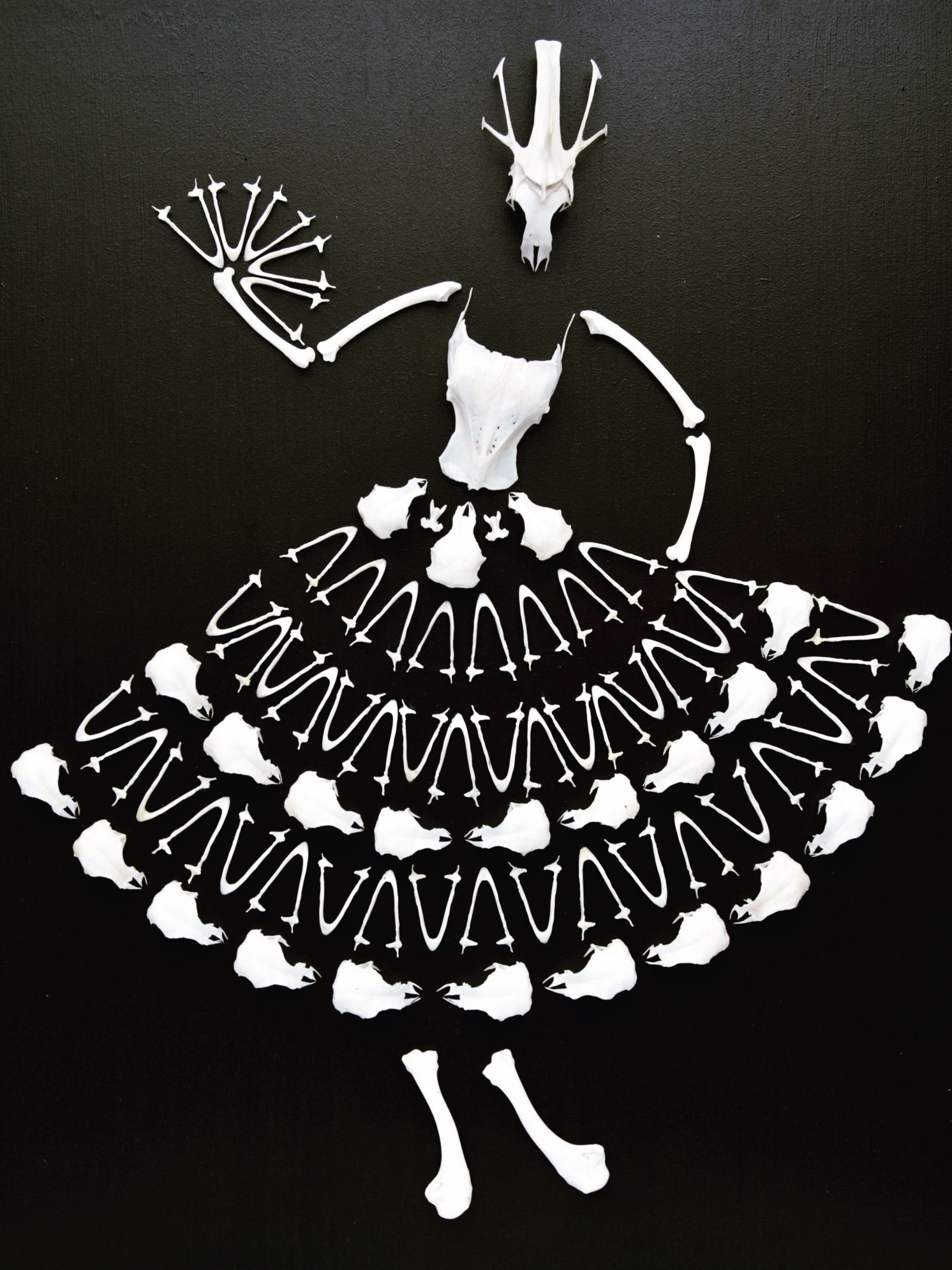
Tell me about your hate of waste and how that influenced your work?
“I think it started when I was a child. I wouldn’t say I was lonely, but Mum and Dad were always entertaining, so I was often just left to my own devices. There was no such thing as being bored. I would do a lot of cutting up of bits of paper and magazines and turning them into collages. I was always very resourceful. And mum and Dad were war babies, so they hated waste. So, I think there must be something that transferred to me in terms of waste.
“I have always been a bit stingy! I think that’s part of it. It’s the Scottish blood in me. But I like making do and being resourceful, always have, always will. But I’m sure the time in the Philippines also really shaped this in me too.”
What in your mind is the biggest representation of using waste in your art?
“I made a life-size flock of sheep out of an old corrugated tin shed,” she said.
“The other project that sticks in my mind is when I was given a bathtub full of spent bullets by a young man who shoots for Scotland. So, I made a life-size, bulletproof vest.
“A lot of my work comes from playing with words. When I’m playing with an object, I’ll look at the history behind it. I’ll look at the words and associations and play with their literal meaning and puns, and references. It will lead me to a direction or inspire me in some way. Which is great because I don’t ever have a one hundred per cent concrete idea.
“For my next project, I’ve got a huge amount of sea glass – you know the sort of glass that gets washed up on the seashore – that someone’s very kindly left outside my studio. I like to be challenged by material. If you can buy it at a car boot sale, it’s too good for me! If it scares me, it interests me. It’s good to do a little bit of what scares you isn’t it?
How did you come to start taking commission to paint interiors?
“It was during Covid” she said. “I gave our home a much-needed makeover and painted it from head to toe. Our 4 adult children were all home during lockdown, and I felt a bit soppy about them spending so much time here. When it was time for them to leave, I thought I’d paint them some souvenirs of the house. I painted room portraits for them, and I posted some of them on Instagram. And then ping, ping, ping all these requests came in for me to paint rooms from photographs”.
Who has influenced you most in your life and work?
“It was my darling Dad who had this incredible eye,” she recollects. “He was the most amazing architect, and he had this wonderful aesthetic as well. At home he was a Pugin fan and of the arts and crafts movement. Mum was frightfully tacky! She loved fake flowers and colour and broke all the ‘good taste’ rules. They were the most extraordinary ‘y couple really. But I liked showing Dad my paintings. He was always tremendously involved with my career, and he loved the interior paintings. And mum was very proud of my work, she loved showing it off to her friends.
“He loved spending time in my studio and talking to me about my choices. He never critiqued them. But he’s always questioned me and asked me why I was doing something.”
What is your interiors style in your own home?
“Maximalist eclectic,” she said. “I grew up in a house with floor to ceiling paintings on the walls and books.
“And I’m really drawn to books and textiles (but not designer fabrics). I have textiles everywhere. The house if full of things I found travelling and in junk shops…Welsh blankets, Ikats from Borneo, Guatemalan embroideries and suzanis.
“It makes me laugh when someone sees a work of mine and says, “Silvy, I really love it, but I don’t have space on my wall.” I think… yes, you do. Everyone’s got space! You can never have enough pictures, as far as I’m concerned, for paintings and plates on the wall.”
What advice have you about using art in interiors?
“More is more,” she suggests. “Don’t try and make the art or frame fit your colour scheme. Buy what you love. Always get the frame to work for the art.”
What does a comfortable interior look like and feel like for you, what is it that you need in your interior to be comfortable?
“Well, I suppose by being married to a giant, everything is quite big,” she laughs. So, I do have quite big sofas and they’re all comfortable.” Comfort also means not being too precious or immaculate. Our house is pretty bomb proof and has survived quite a lot of abuse over the years!
“Comfort has always been about getting the best beds. And the nicest pillows. And you know, as much as I might scrimp and save on some things, I won’t scrimp and save on those. Comfort is colour, it’s texture. It’s a roaring fire and vases full of flowers. We’re not big into things like scented candles. But there’s always a candle on the kitchen table. There are standards that even the kids understand now. When you lay the table for a meal, there’s always lovely place mats, pretty cloth napkins on the side plates and candles.
“Everything must have a sense of occasion, even if it’s just for me and Ben.”
What advice would you give an aspiring artist?
“It’s all very well wanting to be an amazing artist and going to art school, but they don’t teach you anything about business or help you to make spreadsheets, accounting, cataloguing or how to make an invoice,” she complains. “My advice is to learn a bit about business and to document your work.”
What is next for you – what are you planning?
“I have just surfaced from a sabbatical year in 2023 following an extremely busy couple of years of exhibitions,” she said. “I’m dipping into crochet. I’m dipping into stitching. I’m dipping into playing with stained glass and all sorts of different things. I’m mad keen to start playing with clay again. I’ve got all these urges that are sort of hitting me in the solar plexus and so I’m not sure. I just want to create or play and indulge.”
Silvy’s works of art for sale can be found on her website. She also takes commissions for interior portraits. Prices start from £700 for a 30×30 cm painting. For more information visit www.silvart.co.uk
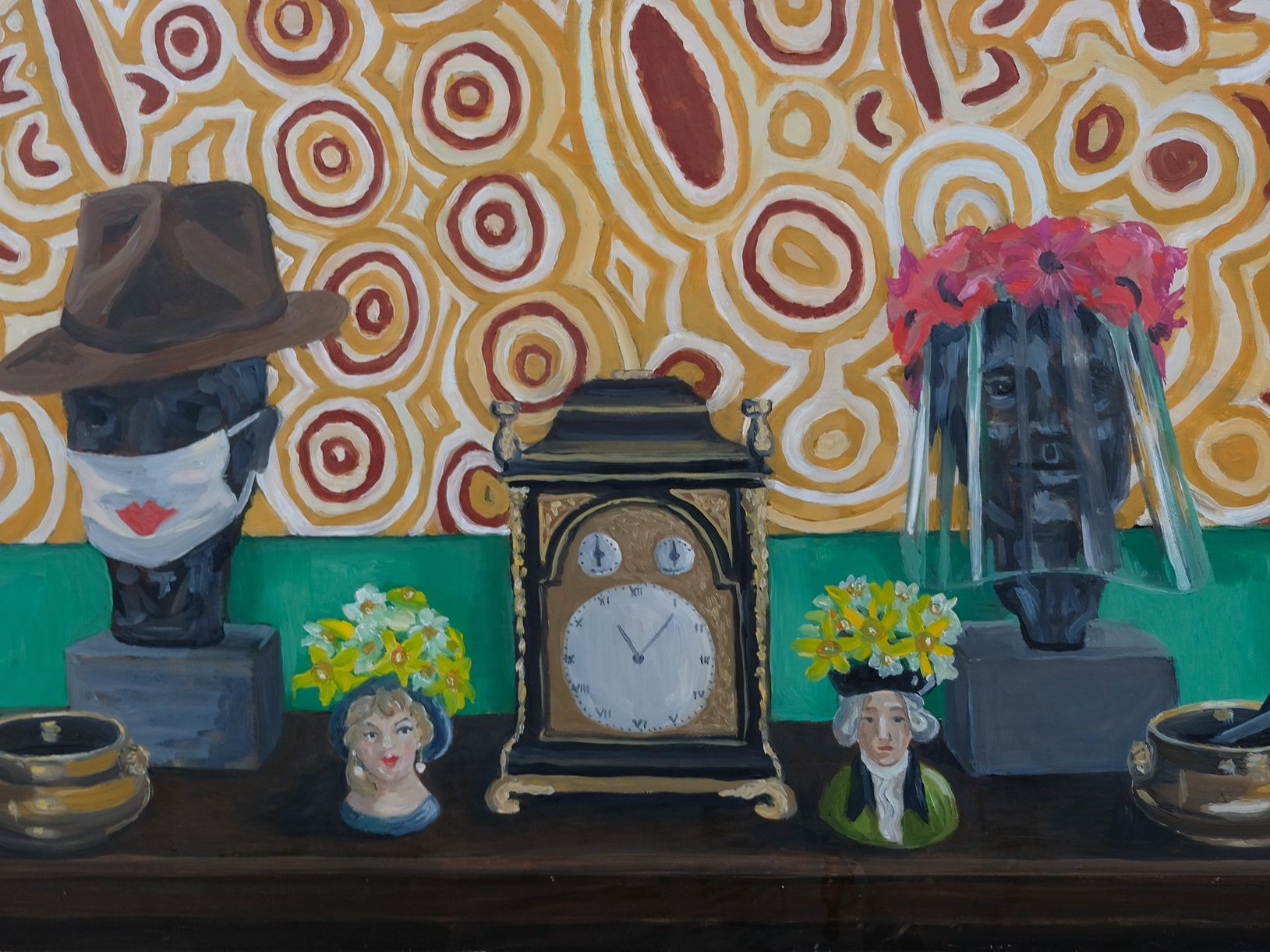
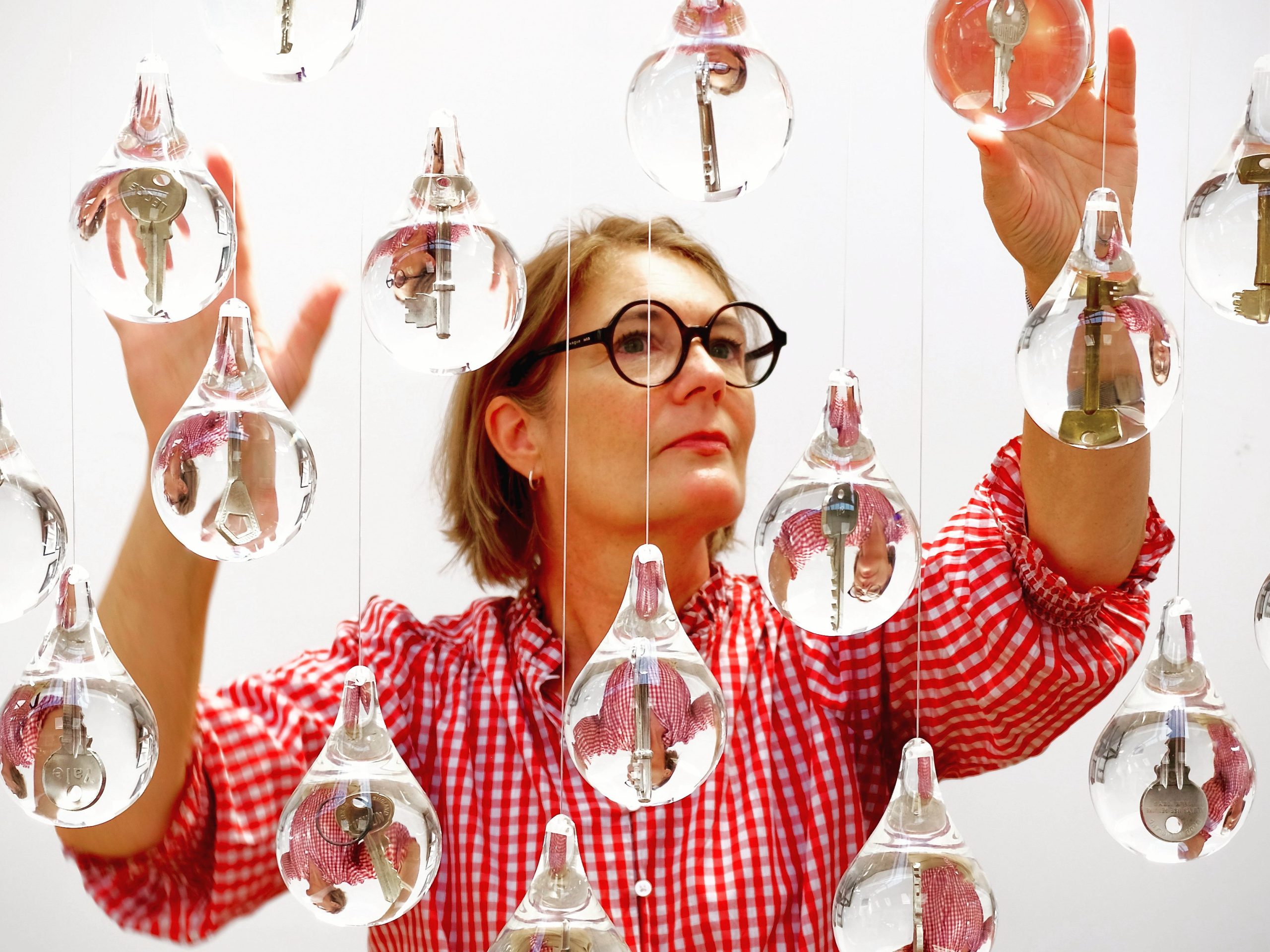
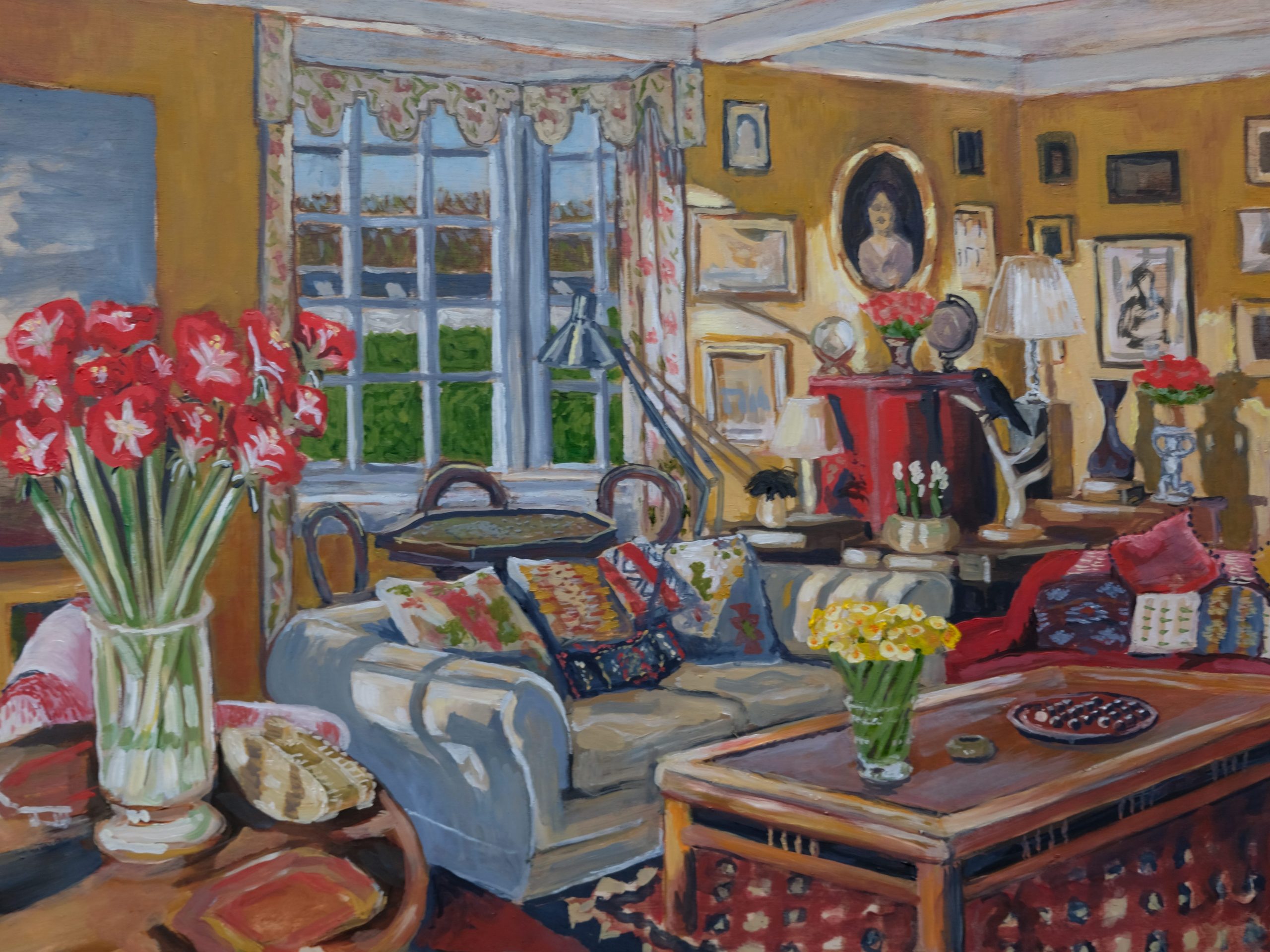
Best Loved:
- Wall Colour: Edward Bulmer Dutch orange and Invisible Green
- Fabric House: None – most of my curtains are block prints from trips to Rajasthan or plain hessian from an upholstery shop
- Artist: Andy Goldsworthy, Cornelia Parker, Giorgio Morandi, Tom Hammock
- Hotel or bar for its interior: Bar Santa Ana in Seville
- Cocktail: Black velvet
- Restaurant: Moro, Exmouth market in London
- Cookbook: Claudia Roden, Spain
- Film: Withnail and I, Singing in the rain, Rocky Horror Show, It’s a Wonderful Life. I could go on…
- Book: Like Water for Chocolate
- Travel destination: Mexico City
- Fashion label: I don’t have one, but Circle Vintage from Dumfries. It’s a vintage / second hand shop that you can find on Etsy. It’s all fabulous vintage clothes
- Hero/heroine: David Knott
- Happy room: My studio
